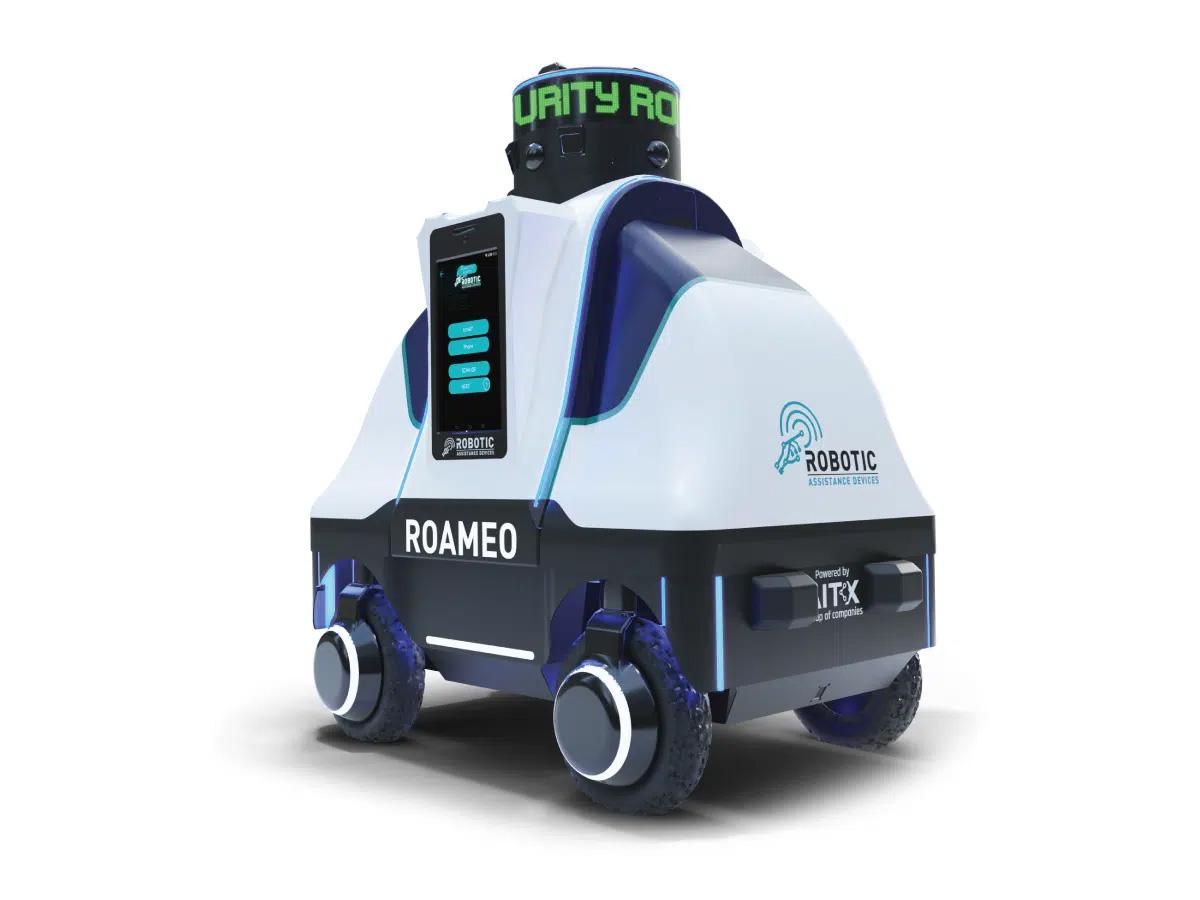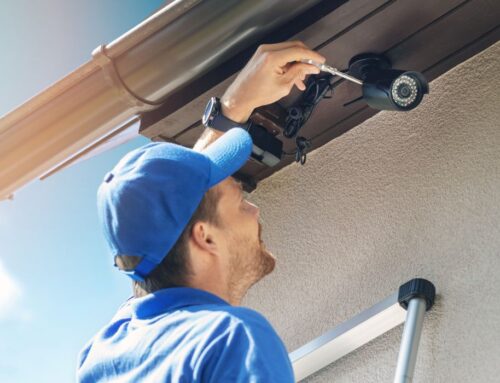By Jamie Ridenhour
Worker shortages have hit most industries in the U.S. over the past year and the security sector has not been immune. The difficulty in finding and retaining good officers has become a major issue for security firms. Increases in pay rates and inflation in general have caused many businesses to scale down their security presence and to look for alternatives. Small businesses may forego security staffing altogether due to budget constraints.
Automated security devices have proven to be a useful tool in reducing security staffing costs. AI driven camera technologies that can identify movement and distinguish people from other objects have become available even at the consumer level. Incorporating this type of technology at a commercial level can potentially result in significant savings over hiring additional human officers.
Robotic Assistance Devices (RAD) has developed quite a portfolio of devices that meet and exceed this need. ROSA, AVA, ROAMEO, SCOT and WALLY devices automate surveillance, deterrence and customer service tasks that would otherwise require an officer presence. The ability of the robotics devices to operate 24/7, under all conditions and with minimal supervision only increases their value.
For as little as a dollar an hour, a ROSA (Responsive Observation Security Agent) device can help to secure a perimeter. A 180° field of view camera coupled with AI-driven analytics allow the device to monitor an area, detect trespassers or loiterers, and take appropriate action. Responses range from visual and audible warnings to notifying security personnel or police. Alerts can be adjusted depending on the time of day or day of the week. Security personnel can easily monitor the situation through real-time video and can interact with subjects via two-way audio.
SCOT (Security Control Observation Tower) is the flagship device from RAD that functions much the same as ROSA while adding an imposing physical presence and enhanced detection capability. At over 7 feet tall, SCOT is hard to miss, making it perfect for deterrence at a fraction of the cost of a security guard. Mini PTZ cameras have automatic zoom and long-range visibility. On board analytics enable human detection and license plate recognition.
SCOT is not limited to deterring crime, however. A large tablet provides concierge services in addition to security features. Two way paging, help and panic buttons allow guests to interact with security personnel if needed. The cameras can also be utilized for credential validation and access control.
Available for only a few dollars an hour, WALLY is a wall mounted version of the SCOT device. It’s just as easy to deploy and provides a 180° camera field of view along with the large display for information and visitor information. Like SCOT, it is ideal for situations where increased visibility and situational awareness are needed, but a human guard may not be necessary. Video conferencing with a live guard is available when a situation requires it.
Where mobility is needed, ROAMEO is up to the task. Designed for outdoor use, the 78” high robot can patrol a property in much the same way a human guard would, for as little as $8 an hour. 360° cameras backed by RAD’s AI analytic suite enables the unit to identify vehicles, license plate numbers and people. The analytics also allows continuous modification of patrols for efficiency and precision. Cellular connectivity provides a constant connection to security operations so that personnel can be instantly alerted if necessary.
Like SCOT, ROAMEO can also fill the customer service role often expected of security guards. The unit will interact with people along its route, providing help or panic calls, security alerts and other services such as local information, weather, directions, and even profit-generating advertising messaging.
AVA (Autonomous Verified Access) is focused on taking a routine task of ID checks off the list of daily duties required of security personnel. The system provides a modern verification experience through the use of barcodes, QR codes, driver’s licenses and PIN numbers. Cameras and an integrated screen enable two way communication with security personnel. The unit can be wall or stanchion mounted to provide advanced access control over gates and other controlled points of entry.
All of these devices have a common aim, to improve protection by automating tasks that would otherwise require the presence of a security guard. Automating routine tasks can free up guards to be deployed to posts where their presence is more valuable. The result is an improvement in efficiency along with a reduction in cost. Hiring and retaining officers to fully staff a security detail has become more of a challenge in the current economic environment. Automated alternatives from Robotic Assistance Devices can help meet that challenge in any conditions and 24 hours a day.
A reduction in liability risk is another benefit. Automated devices provide non-biased, non-discriminatory, and fully recorded reactions to situations in progress. They also provide improved situational awareness to off-site responders and command staff. Autonomous devices also eliminate the possibility of guards being complicit in crimes or perimeter breaches.
It is important to understand that automated devices are not necessarily a replacement for a human staffed security program. Officers are still needed to monitor device function and respond to situations when needed. The real value of robotic devices is as a force multiplier. They allow security personnel to better focus on the most important tasks while automated tools take care of some of the routine functions. RAD provides impressive alternatives to deploying additional security officers.







